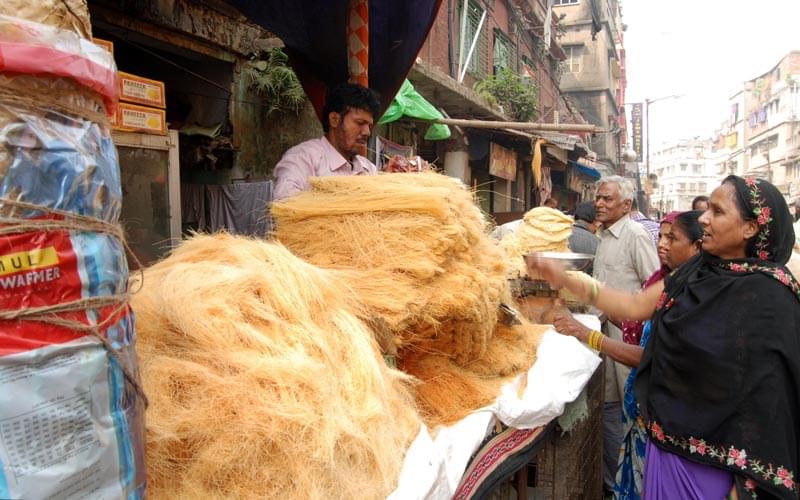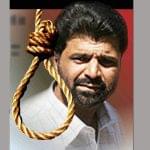More on Indian Minorities
Muslims worse off in West Bengal

A recently released report on the socio-economic condition of Muslims in West Bengal has recorded overwhelming social disparity with regard to the socio-economic status of Muslims in Bengal, with the community being considerably behind in education, jobs and living standards.
The report says that only 17% Muslims in the state live in urban areas against a national figure of 28 per cent. The report, prepared under the auspices of Amartya Sen’s Pratichi Trust, the Centre of Studies in Social Science and non-government organisations says there hasn’t been much change in the status of India’s largest minority community in the state in decades.
The researchers also found that only 0.4 per cent of Muslims in Bengal have access to professions such as medical, legal or engineering, underlining the social-disparity in the state. Only 10 per cent of the people surveyed held”socially coveted” occupations, according to the report. It also said that over fifty per cent of the Muslims did not receive education beyond the primary level.
The report said contrary to popular belief, the number of Bengali speaking Muslims and Urdu speaking Muslims in the state is not equal. Over 90% of Muslims in villages speak Bengali while only a very small section speak Urdu as their mother tongue. Since 83 per cent of the total 2.5 crore Muslims in the state live in non-urban areas, the majority of the Muslims in the state speak Bengali, the report said.
In perhaps the most comprehensive field-level survey on Muslims in West Benga, over 250 field-level researchers, scholars and activists joined together to study almost one-lakh Muslim households. Right now just a 77-page interim report has been published.
The survey was carried out on 97,017 households in 325 villages and 75 urban wards in 81 developmental blocks and 30 municipal bodies across West Bengal.Kumar Rana, a key researcher and coordinator of the survey said that 52 per cent of the Muslims in Bengal do not study beyond primary level. He also said that the Muslim community, like any other, is not one homogenous whole and has diverse problems and different socio-economic factors.
The complete report is expected towards the end of this year.
